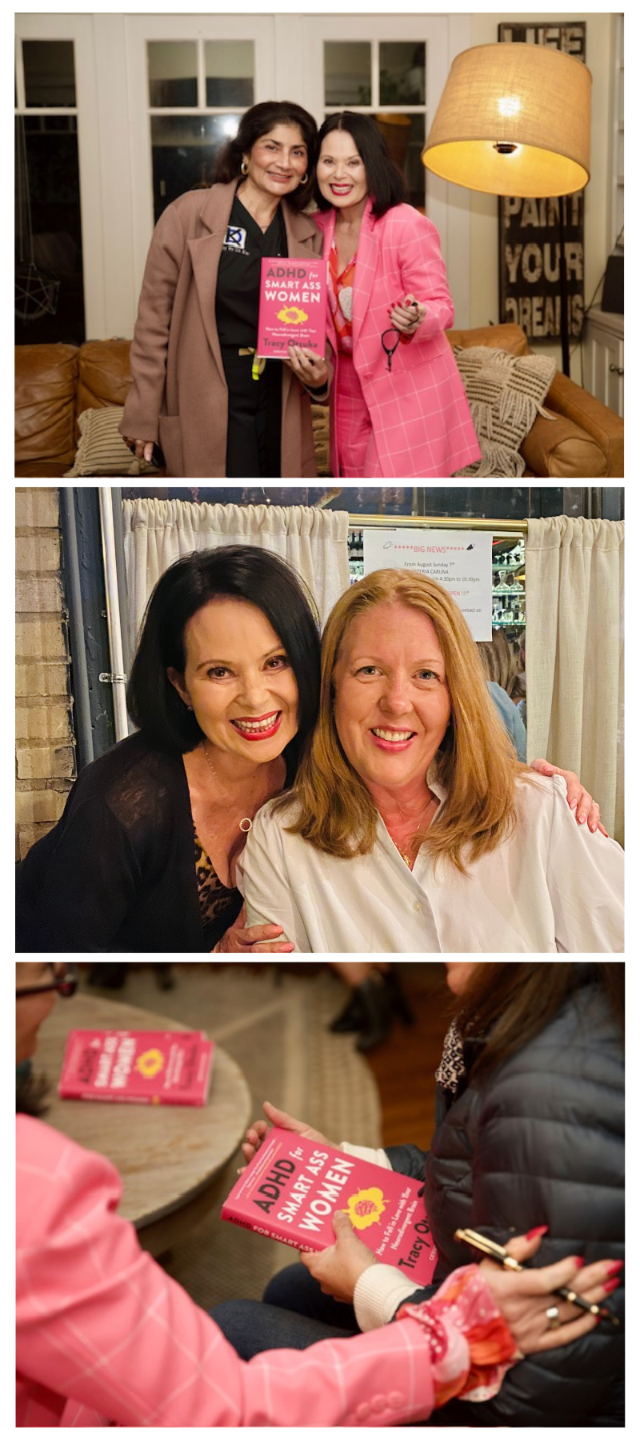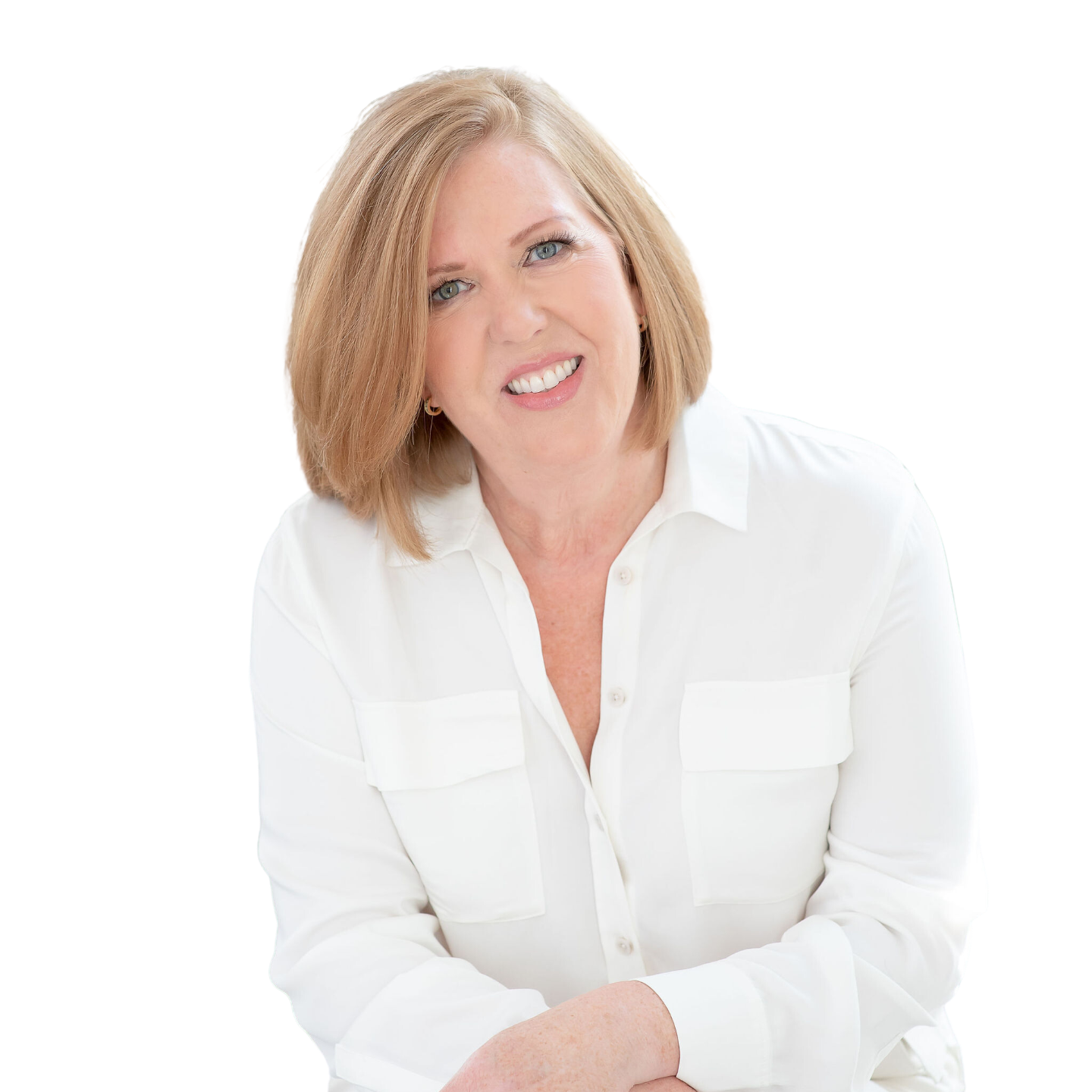How to Get a Book Deal
(Without Losing Your Mind in the Process)

Every writer dreams of seeing their book in print. But when you finally decide to pursue publication, the next question hits hard: How do I actually get a book deal?
Do you write the whole thing first? Do you query agents? Do you need a massive platform before you even start?
I’ve heard every version of those questions from people at every stage. And after years of working behind the scenes in publishing, and helping hundreds of first-time authors land deals or launch independently, I can tell you this:
Getting a book deal isn’t about luck or connections. It’s about clarity, preparation, and timing.
Common Myths About Getting a Book Deal
Let’s debunk a few misconceptions I hear all the time:
Myth #1: You should wait until your book is perfect.
Do not write the book. When you’re writing nonfiction, publishers and agents want a book proposal, not a book.
Myth #2: You need a massive social media following.
No. You need an engaged audience that cares about your topic. Quality beats quantity.
Myth #3: Agents only want celebrities.
Agents want marketable ideas, not famous names. A sharp concept wins every time.
Now that we have cleared up some common myths, let’s talk about what really matters.
If you want to get published, you need to understand what publishers buy, how they make decisions, and what they expect from you before you ever write the full book.
Pitching Your Book
Here’s a truth most first-time authors don’t realize: if you’re writing nonfiction, you don’t sell a manuscript. You sell a proposal.
A book proposal is the publishing-world version of a business plan. It tells agents and editors why your book matters, who it’s for, and why you are the right person to write it.
The biggest mistake you can make is to write the entire book before writing the proposal.
I say that all the time because it’s true. The proposal gives you clarity about your concept, your reader, and your strategy before you spend months or years writing something that may never fit the market.
What Goes Inside a Book Proposal
A strong nonfiction proposal typically includes:
- Overview: The high-level pitch and “why now”
- Market / Audience: Who your book is for (and how big that audience is)
- Author Bio: What makes you credible and relatable?
- Competitive Titles (Comps): Recently successful books your readers already love
- Marketing Plan: How you’ll promote your book with your own assets and reach
- Annotated Table of Contents + Chapter Summaries: The roadmap of your ideas
- Two Sample Chapters: One from the beginning and one from the middle
That’s the foundation. But let’s make it real with a few examples.

Sample Proposal Overview
Tracy Otsuka's Overview for ADHD FOR SMART ASS WOMEN:
ADHD FOR SMART ASS WOMEN: HOW TO FALL IN LOVE WITH YOUR ADHD BRAIN IN 30 DAYS helps you find the magic in your neurodivergent mind and discover where your brilliance lies.
This book is a welcome guide for any woman who feels overwhelmed with juggling her life, family, kids, and career. She makes impulsive purchases and blurts out things that can’t be taken back. She gets sucked into binge-ing social media and Netflix instead of focusing on the things she really wants to do. ADHD for Smart Ass Women equips you with proven strategies to find the lightswitch to your brilliance, fuel your productivity, and live to your potential while combating the shame and degradation that holds you back.
In the US, 8.2 million women are diagnosed with ADHD. Unfortunately ADHD women are often misdiagnosed with anxiety or depression because research generally excludes women; it’s assumed hormones prevent effective study.
Tracy Otsuka’s “Your ADHD Brain is A-OK!” framework shares the big a-has from the few studies that do exist, encourages you to see your symptoms as positives, and lays out the best tools for ADHD-ers to start living your best life. In her unmistakably wry voice, Tracy Otsuka dishes out her lessons and learnings about ADHD so that women can pivot their symptoms into their superpowers.
Why this works: It’s clear, specific, and positioned to a proven market of readers of books like Tracy Otsuka's ADHD FOR SMART ASS WOMEN: HOW TO FALL IN LOVE WITH YOUR ADHD BRAIN IN 30 DAYS. It also makes the author’s expertise and credibility immediately obvious.
If you need help crafting your entire proposal and query letter, and finding the right agents and publishers for your book, I share all my methods and tools in my Book Deal Blueprint, it is the same system I use with private clients.
Sample Annotated Table of Contents
PART ONE: What is ADHD And How Does It Show Up In Your Life?
1. Wait, ADHD Doesn’t Mean That I’m Disordered, Deficient of Attention, and Destined For Failure?
2. What is ADHD Not? Give it a New Name Already
3. The Three Characteristics and Subtypes of ADHD
4. What Does ADHD Really Look Like?
5. Rules Are Meant to Be Broken
Part Two: ADHD and Women
6. Women Have Never Been the Default
7. Why ADHD Women Struggle So Much More Than ADHD Men
8. ADHD Women and Hormones
9. ADHD and Sexism
10. Big Feelings, Bigger Emotions
11. ADHD and Trauma
12. ADHD Women and Intimate Relationships
13. ADHD Women and Friendship
14. Cultural Considerations
15. No Victims Allowed
PART THREE: Living Your Best Life as a Woman with ADHD
16. Valedictorians Work for Us: Embrace Your Entrepreneurialism
17. Get Diagnosed, Banish the Shame, and Start Standing Out
18. ADHD and Learning Disabilities
19. ADHD and Comorbidities
20. Neuroplasticity Means You Can Change Your Brain
21. ADHD and the Importance of Exercise
22. ADHD and Sleep
23. You Are Coachable; Why ADHD Coaching Works
24. Positive Emotion is Your Key to Success
25. Why Am I Always Late?
26. Your Brain is A-OK!
Playlist
Resources
Why this works: The Table of Contents shows structure and flow, the “reader journey” publishers want to see.
Finding and Working With an Agent
Once your proposal and query are polished, it’s time to find your champions: literary agents.
Agents work entirely on commission; they only get paid when you do, so they’re selective. But that also means once they’re on board, they’re fully invested in your success.
A great agent will:
- Pitch your proposal to editors.
- Negotiate your contract.
- Help shape your positioning and next steps.
When I guide clients through this stage, I recommend making a list of 40 agents who represent similar titles. Check acknowledgment sections of your favorite books, browse Publishers Marketplace, or read agent “wish lists” on ManuscriptWishlist.com.
And please, query in batches. I like to query 11 agents within a 2-day period because that gives all the agents a starting timeline. However, this is because my clients get agent interest in their first round of querying. But you can also start smaller by sending 5 at a time, learn from any feedback or rejections, or silence, and refine your pitch before sending the next round.
Putting It All Together
Getting a book deal isn’t about insider access. It’s about knowing what agents and publishers want to see, packaging your idea strategically, and staying consistent.
Here’s the process I teach every client:
-
Create Your Book Proposal. Define why your book matters now.
-
Prep Your Query Letter. Write one pitch that opens doors.
-
Find the Right Agents and Publishers. Build your list and start reaching out.
You don’t need to become an expert in publishing you just need a roadmap that works.
Start by downloading How to Get a Book Deal – Step-by-Step Guide. It’s free, and it’ll save you months of trial and error.
Because your book doesn’t belong in a drawer.
It belongs in readers’ hands.

Meet Allison
Allison Lane helps brilliant women turn big ideas into bestselling books, building visible authority with a public voice and a platform that reflects their true expertise. With 25 years of brand-strategy experience for companies like Unilever, Burt’s Bees, and The Body Shop, she brings bold positioning, clear messaging, and a proven roadmap for authors who want to land agents, secure publishing deals, and launch their books with confidence. Her clients have signed with Big Five publishers, hit major bestseller lists, and been featured in Forbes, CBS Mornings, and The New York Times. Learn more at lanelit.com.
Recent update: October, 2025
First published: October, 2025
This post is regularly updated with new information.
Get the Latest Publishing & Platform Tips
Subscribe to Author Experts Weekly
Every Thursday, you'll receive my newest insights on what’s working right now in the world of publishing, marketing, and author visibility. Sent straight to your inbox.


